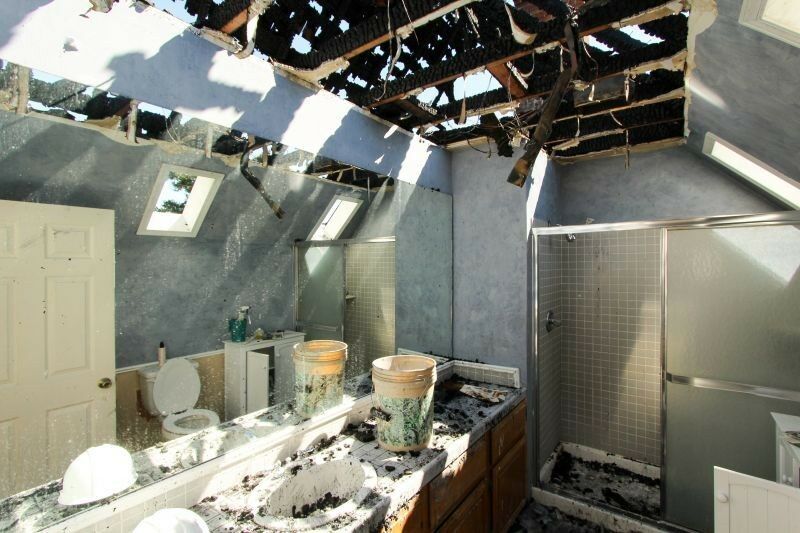
Introduction
Water damage is a common problem in many homes and can cause significant damage to various areas, including plumbing fixtures. When dealing with water damage restoration, it is crucial to assess the damage to plumbing fixtures nearby accurately. This article will explore the importance of assessing damage, the methods used to evaluate the extent of the damage, and the implications it has on the restoration process.
The Importance of Assessing Damage
Accurately assessing the damage caused to plumbing fixtures is essential for several reasons. Firstly, it helps determine the severity of the damage and the required repairs. If the damage is minor, simple repairs might suffice. However, if the damage is extensive, complete replacement may be necessary. Assessing the damage also allows restoration professionals to estimate the cost of repairs accurately.
Additionally, evaluating the damage helps identify potential safety hazards. Water damage can weaken structures and make them unstable. In the case of plumbing fixtures, damage may lead to leaks and potential electrical hazards. By assessing the damage, restoration professionals can take the necessary precautions to ensure the safety of everyone involved in the restoration process.

Methods for Assessing Damage
Various methods can be employed to assess damage to plumbing fixtures nearby in water damage restoration situations. These methods include visual inspections, moisture detection devices, and professional expertise.
Visual Inspections
Visual inspections involve carefully examining the plumbing fixtures and surrounding areas for signs of damage. This can include looking for discoloration, corrosion, warping, and visible leaks. Qualified restoration professionals can identify these signs and determine the extent of the damage.
Moisture Detection Devices
Moisture detection devices are valuable tools in assessing water damage. These devices can detect hidden moisture in walls, floors, and ceilings, enabling restoration professionals to identify any underlying damage that may not be immediately visible. Moisture detection devices can provide accurate readings, helping professionals determine the severity of the damage and plan appropriate restoration measures.
Professional Expertise
Professional expertise is crucial for accurate damage assessment. Experienced water damage restoration professionals have the knowledge and skills required to evaluate plumbing fixtures and surrounding areas effectively. Their expertise allows them to identify even the most subtle signs of damage and accurately gauge the extent of the problem.
Implications on the Restoration Process
The assessment of damage to plumbing fixtures plays a vital role in the overall water damage restoration process. Based on the evaluation, restoration professionals can create a detailed plan for repairs or replacements. This plan outlines the required materials, labor, and timeline for completing the restoration.

Accurate damage assessment also helps in deciding whether water restoration services, such as drying and dehumidification, are necessary. By understanding the extent of the damage, professionals can initiate appropriate measures to prevent further issues, such as mold growth or structural damage.
Frequently Asked Questions (FAQ)
How do I assess the damage to plumbing fixtures after water damage?
Why is it important to assess the damage to plumbing fixtures?
Important Facts and Statistics about Water Damage, Water Restoration, and Flood Cleanup
- Homes are at risk of flooding, and around 1.6% of homes nationwide experience water damage in any given year (source).
- Minor leaks and drips can cause households to waste over 90 gallons of water each day. Fixing these drips can result in an average of 10% savings on water bills (source).
- Homes in the United States leak over one trillion gallons of water every year, leading to water damage issues (source).
Conclusion
Assessing the damage to plumbing fixtures nearby is a critical step in water damage restoration. It helps determine the severity of the damage, identify necessary repairs or replacements, estimate costs, ensure safety, and plan appropriate restoration measures. By employing various assessment methods and relying on professional expertise, accurate damage assessment can be achieved, leading to successful restoration and preventing further issues.



